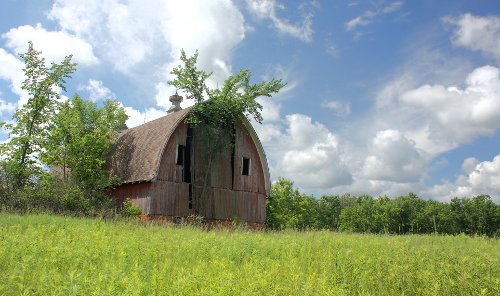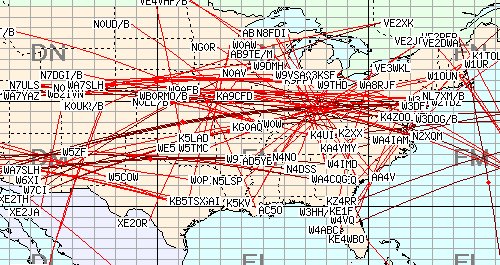I finally got back around to writing some code tonight.

I had been trying to determine how I wanted to parse out the text from the call sign message. The call sign messages might be different lengths so I was working through some different logic options.
Right now my development tool is showing that I have about 730 lines of code... probably 75 lines are really line spaces that don't really count.

Currently I can handle sending CW for 51 different characters in the message. That is what really increased the amount of code in this project. (It is simple code... but still has a cost tied to it.)
Right now demo board and code is just echoing out the beacon message on the LCD display and flipping some pins that are not tied to anything right now. I probably need to think about moving the PIC 16F628 to a breadboard or printed circuit board soon to start testing the integration with rest of the project or at least a mock up of the project.
I need to write a little bit more code once I decide on a few more user interaction details. (Aka: letting the user choose between CW and DFCW as an example)
I had hoped to integrate a frequency counter in this project that might push me to a chip with more memory than the 16F628. I will need to look back through my code looking for places to reduce size.
Overall this is a pretty cool project. It is giving me a chance to do some RF design and embedded development design work. It is kind of fun to sling some code in the compiler once in a while.
73 de NG0R


















